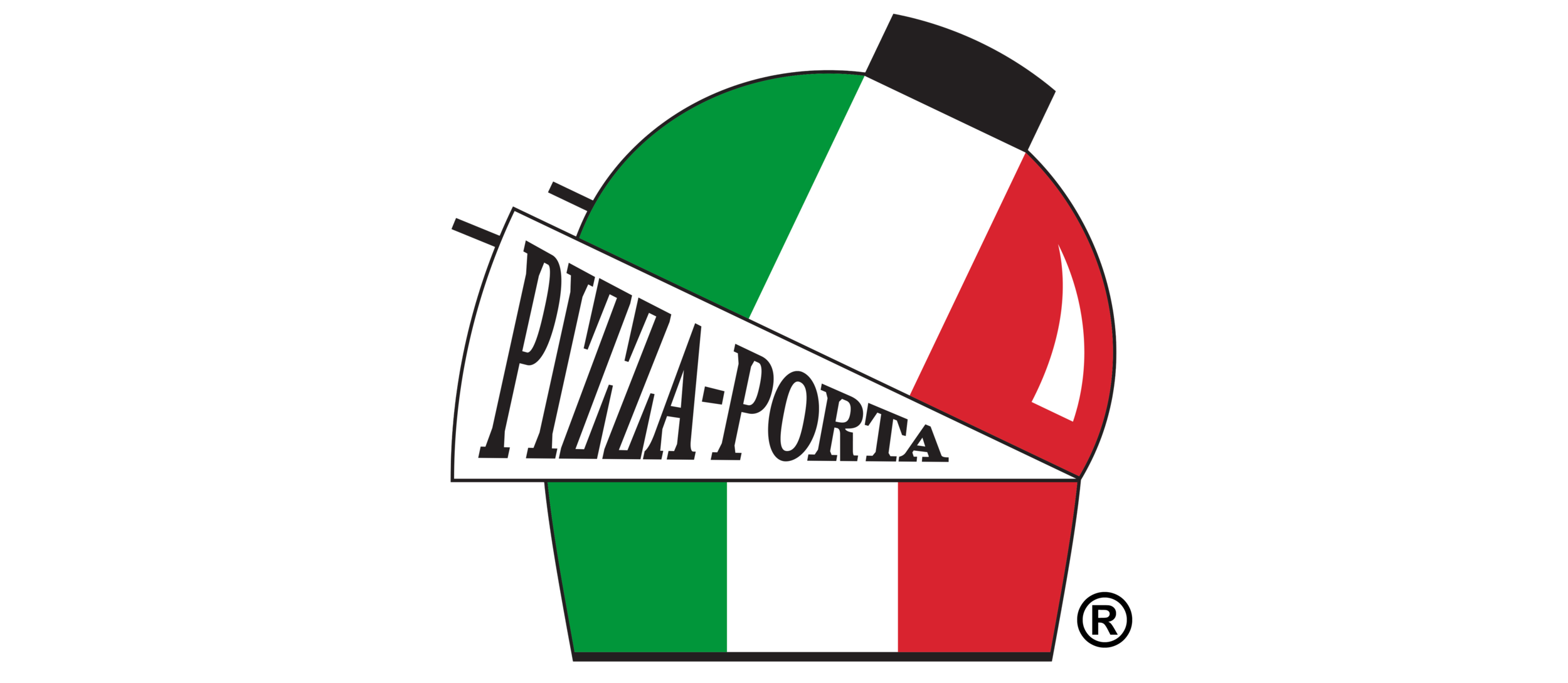Want to make better pizza dough? Use happy accidents (mine and others).
There are two great ways to learn when developing a new skill: Learning from Mistakes and Experimentation.
Learning from Mistakes:
If there are ways to do something wrong, I can usually find them all. While this is painful along the way, it does provide learning opportunities! Just to give you an idea, here are some of my dough-making blunders from my early days.
1) Too much water - I didn’t weigh the water and dumped it all in the mixer. I figured it would work out in the end. I ended up with a soupy, weak dough that I could not work with when it was time to make pizza.
2) Inconsistent measuring devices. Again, before using weight for every ingredient, I used the closest measuring cup that was handy. It turns out that the measurements were off by enough to cause trouble with my dough. Once you start using weight measurements, you will be amazed at how different one measured cup of flour can be.
3) Salt… Salt is a mineral, but all salt is not the same. Again, before measuring on a scale (see the theme here?) I substituted table salt for Kosher salt. The dough was terrible because, by weight, it probably had 2X the quantity of salt.
4) Sugar… Sugar is not salt. In a hurry, I measured ingredients and dumped them all in the batch as I measured them. While I was making dough balls I noticed a different smell to the dough. I tasted it and figured out that I had put sugar in the dough two times instead of one salt and one sugar.
5) Switching out ingredients. I read about a different kind of yeast. It was rated very highly and the store had it prominently displayed. I made a big batch of dough for an event. The yeast had a completely different character to it and the pizza was pretty disappointing. Substituting one ingredient sometimes affects the performance of other ingredients.
All of these accidents pointed to the precision, consistency, and accuracy needed to make good pizza dough. I now use a scale and a set of standard metal cups to weigh each ingredient in advance and then add it to the mixing bowl.
These misadventures were easy to fix by creating a better process. Once I had a consistent process I had the opportunity for purposeful experimentation in my dough ingredients.
Experimentation
With the ability to create a base batch of dough I can now do variations against a baseline. I make sure to document anything that I am testing so that if it turns out fantastic I know how to repeat it. Here are some recent experiments that I have learned from:
1) Cooking at higher temperatures- I have been trying less oil, less sugar, and more 00 flour blended into my recipes. This led me to appreciate a 10% blend of 00 into my regular 600F dough recipe. The dough is more resistant to char when cooking at 700F, but retains the crunch that we like.
2) Using a blend of whole wheat- I tried using 100% whole wheat flour in my whole wheat dough but it is entirely too dense. By mixing it 50/50, I found that the pizza has a much better overall character.
3) Weight - My recipes call for a 235-gram dough ball to stretch into a 12” pie. I have been working on larger dough balls for this same-sized pizza. The added dough gives the crust a bit more puff around the edge.
4) Mixing time - I am still honing in on the perfect amount of time to run the dough in the mixer. Originally I was happy with 3 minutes, but I am extending to 4 - 5 minutes to work the gluten a little bit more.
These new additions are the result of taking good notes along the way. Get a little notebook and capture intentional changes (or happy accidents) in your recipe. You might find a gem that makes pizza more specific to your taste.
If you discover a great alteration, let us know!
More Dough information here
Check out our dough boxes too: Dough Boxes
